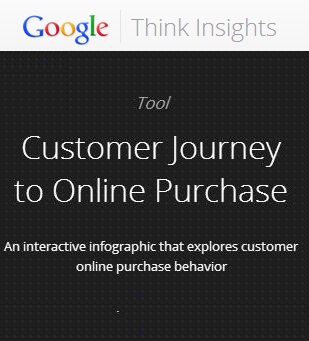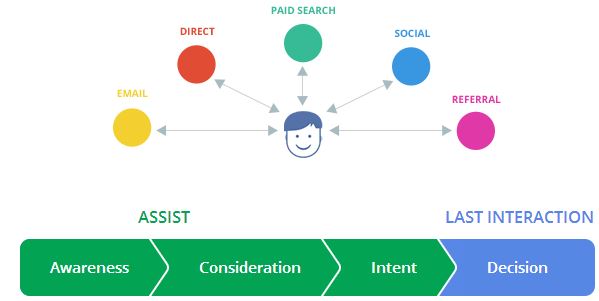Multi Channel Marketing – The Impact of Multi & Cross Channel Interactions on Your Retail & Marketing Strategy


 Multi-channel marketing used to be a term that literally almost made me cringe. It felt like a buzz word that a lot of online retailers /marketers would throw around without much tangible, let alone actionable, meaning to it. Almost like hearing someone try to explain the benefits of putting up a billboard ad in Los Angeles for your one brick and mortar retail store in San Diego. Sure, they’re not that far from one another but it feeeeels like there’s something missing.
Multi-channel marketing used to be a term that literally almost made me cringe. It felt like a buzz word that a lot of online retailers /marketers would throw around without much tangible, let alone actionable, meaning to it. Almost like hearing someone try to explain the benefits of putting up a billboard ad in Los Angeles for your one brick and mortar retail store in San Diego. Sure, they’re not that far from one another but it feeeeels like there’s something missing.
Enter Google Analytics Multi-Channel Funnels. Before Google Analytics rolled out their Multi-Channel Funnels reporting (yep, it’s still free – this part anyways), “attribution” used to be this black box hidden behind high monthly premiums that only larger online retail stores could afford. Not anymore.
Now, enter Think with Google – a platform for Google to share their own research and insights with everyone else.
Sure – they might be trying to add a bit of luster to their premium suite of tools and at the same time get advertisers to spend more money in new, exciting ways with Adwords, etc. But take a look at some of the content they’re publishing and you’ll see that some if it’s actually pretty good.
Take this interactive benchmarking tool that Google released today (announcement here). It takes a look at how the customer journey online has grown beyond the “last-click” and stresses the significance that multiple channels can have on the bottom-line of an online retail site.

There’s a few different things you can do in this interactive tool, but among them is the ability to select which industry you want to view the benchmark for. I chose Retail and scrolled down to the Journey section.
Here’s what Google benchmarks for online retail industry:


Pretty interesting huh? Give it a try and see how these trends differ by industry and country. Does it match up with the data you’re seeing in Google Analytics’ Multi-Channel Funnels report? If not, where does it differ?
This kind of multi/cross channel analysis is what we should be doing for our online retail stores. Once we do it, the data can lend some insight into whether we’re investing in the right channels or not.
You have the tools now. Let’s use it! 🙂
